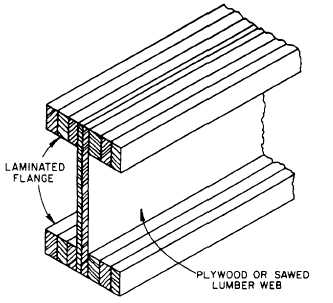
Figure 3-31.-Truss using laminated and sawed lumber.
lumber, or for the web members (figure 3-31). Special beams can be constructed with lamination for the flanges and plywood or sawed lumber, for the web, as shown in figure 3-32. Units, such as plywood box beams and stressed skin panels, can contain both plywood and lamination (figure 3-33).
Probably the greatest use of lamination is in the fabrication of large beams and arches. Beams with spans in excess of 100 feet and depths of 8 1/2 feet have been constructed using 2-inch boards. Laminations this large are factory produced. They are glued together under pressure. Most laminations are spliced using scarf joints (figure 3-34), and the entire piece is dressed to ensure uniform thickness and

Figure 3-32.-Laminated and sawed lumber or plywood beam.
width. The depth of the lamination is horizontal position and is usually the full placed in a width of the beam (figure 3-35).
PLYWOOD
Plywood is constructed number of layers (plies) of by gluing together a wood with the grain direction turned at right angles in each successive layer. This design feature makes plywood highly resistant to splitting. It is one of the strongest building materials available to Seabees. An odd number (3, 5, 7) of plies is used so that they will be balanced on either side of a center core and so that the grain of the outside layers runs in the same direction. The outer plies are called faces or face and back. The next layers under these are called crossbands, and the other inside layer or layers are called the core (figure 3-36). A plywood panel made of three layers would consist of two faces and a core.

Figure 3-33.-Stressed skin panel.
Continue Reading